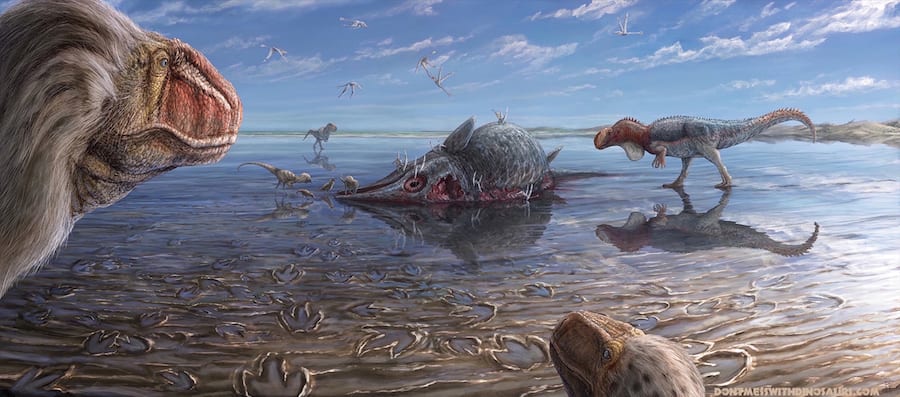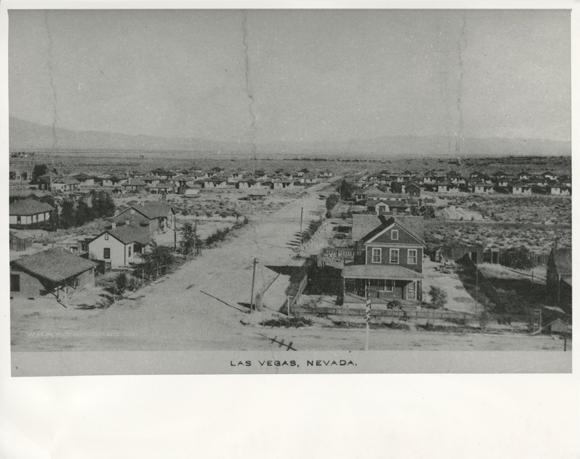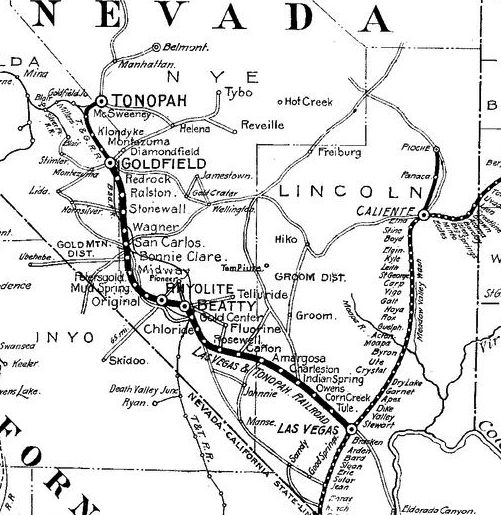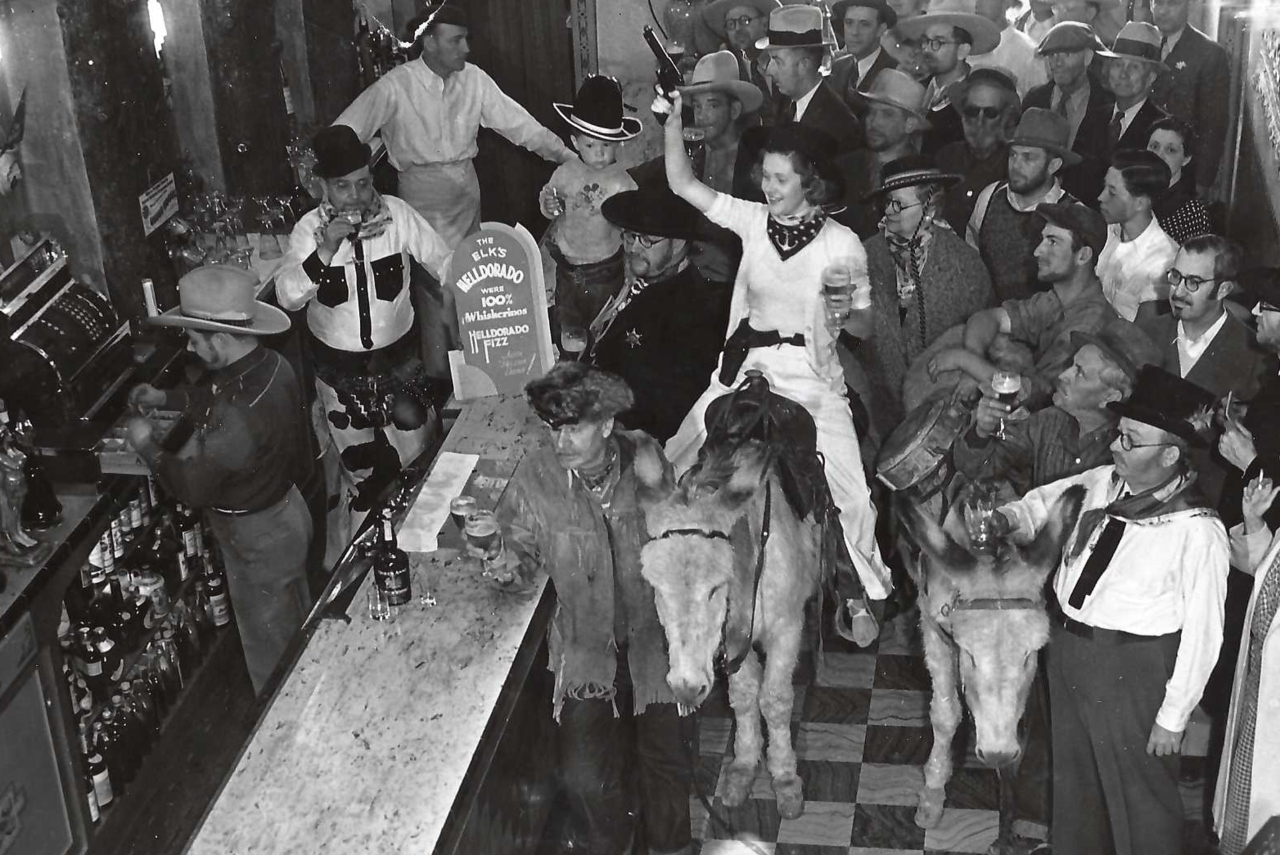las vegas overview
las vegas is the most populated city in nevada and is the clark county seat. its metropolitan area is the largest in the mojave desert. it's known internationally for gambling, night life, entertainment, fine dining, and shopping. most of these venues are in downtown las vegas or on the las vegas strip (which technically isn't in las vegas, but is in the towns of paradise and winchester !) las vegas is the leading cultural, commercial, and financial center for nevada. as of 2020 it has almost 642k residents.
it is known as the entertainment capital of the world, famous for its large, luxurious casino-hotels. a global leader in the hospitality industry, it has the most aaa five diamond hotels in the world. it ranks as one of the most visited tourist destinations every year. it has a high tolerance for many kinds of adult entertainment, earning it the nickname "sin city." it is a popular setting for music videos, tv, and literature.
a global leader in the hospitality industry, it has the most aaa five diamond hotels in the world. it ranks as one of the most visited tourist destinations every year. it has a high tolerance for many kinds of adult entertainment, earning it the nickname "sin city." it is a popular setting for music videos, tv, and literature.
it was settled in 1905 and incorporated 6 years later. its name is spanish for "the meadows." it was the most populated north american city founded in that century. it has seen accelerated population growth since the 60s, especially between 1990 and 2000, where the population increased by 85.2%.
las vegas history
prehistory and origins
the prehistoric landscape of las vegas (and southern nevada in general) was a marsh. eventually, the rivers that created the marsh went underground, making the marsh recede. the area then turned into a desert.
eventually, the rivers that created the marsh went underground, making the marsh recede. the area then turned into a desert.
at the tule springs fossil beds national monument, there is evidence of prehistoric life in the las vegas valley. many late pleistocene fossils have been discovered nearby, like camelops hesternus and columbian mammoths.
nomadic paleo-indians first arrived in what is now known as las vegas 10,000 years ago. they left baskets, rock carvings, rock paintings, and more behind. these artifacts have been found in a myriad of locations, including tule springs and gypsum cave. at least 2000 years ago, ancient paiute and puebloan tribes followed. the paiutes would migrate to nearby mountains in the summer and spend the winter in the valley near the big springs oasis.
at least 2000 years ago, ancient paiute and puebloan tribes followed. the paiutes would migrate to nearby mountains in the summer and spend the winter in the valley near the big springs oasis.
the first non-native american to enter the area was a mexican scout named rafael rivera in 1829. in the same year, the trader antonio armijo led a party of 60 people along the spanish trail to los angeles. they were the ones who gave las vegas its name.
john c fremont arrived in 1844 when the las vegas valley was still part of mexico, and his writings brought pioneers there. fremont street in downtown vegas is named after him. president john tyler appointed him to lead a group of spies, scouts, and scientists for the united states army corps of engineers, as they were preparing for a possible war with mexico. they made camp at las vegas springs and created a fort. the united states did end up going to war with mexico, and the region became us territory. the fort was later used by various groups of ppl but was never permanently inhabited.
in 1855 29 mormon missionaries, led by william bringhurst, built a fort in las vegas because it was halfway between salt lake city and los angeles. the fort was 150 square feet and made of adobe. the missionaries used flood irrigation to water their crops. it was abandoned in 1857 due to difficulty growing crops, the heat, and tension among leaders, and the missionaries returned to utah. u can still see the remains of it at the old las vegas mormon fort state historic park, at the intersection of las vegas blvd and washington avenue.

for a few years after this, the area was unoccupied by americans with the exception of traders and travelers. in 1864, the us army falsely claimed that they had reclaimed the fort, renaming it to fort baker. the goal of this was to decieve confederate spies in southern california. octavius gass re-occupied the fort after the war in 1865. the paiute nation, which had decreased in number, ceded the area around the fort in exchange for relocation and supplies of farming equipment and food. gass irrigated the fields and renamed it to "las vegas rancho." he made wine there, causing las vegas to be known as the best stop on the old spanish trail. in 1881, gass lost the ranch to archibald stewart. 3 years later, stewart's wife helen became the postmaster.
the property stayed with the family until it was purchased by the san pedro, lost angeles, and salt lake railroad, which was being built across southern nevada. this railroad was montana senator william andrews clark's project. clark county is named after him. he enlisted thomas kearns, the senator of utah, to make sure the line was completed through utah to las vegas. the state land act of 1885 sold land at $1.25 per acre. the men promoted the area to farmers and were successful. for the next 20 years, farming became the primary industry.
las vegas's birth, first casinos, and the war

by the early 20th century, wells brought water into las vegas, allowing for growth. the availabilty of water turned las vegas into a water stop.
the san pedro, lost angeles, and salt lake railroad was completed in 1905, connecting salt lake city and southern california. for a time, there were two towns named las vegas ! the east side (what is now main street and las vegas blvd) was owned by william andrews clark, and the west side (what is now the area north of bonanza road) was owned by j.t. mcwilliams, whom the stewart family hired when the las vegas rancho was sold, and bought land west of the ranch. las vegas took form from their property.
clark built a railroad from vegas to the town of bullfrog, named the las vegas and tonopah railroad. las vegas quickly grew because of the revenue from the railways. as mentioned before, las vegas was founded as a city in 1905 and incorporated in 1911. clark county was created because of las vegas. its first mayor was peter buol, who served until 1913.

nevada was the last state in the west to outlaw gambling on midnight, october 1st, 1910. the law even forbade flipping a coin for the price of drinks, which was a western custom. however, las vegas's diverse economy allowed it to grow until 1917. in 1917, the las vegas and tonopah railroad had to declare bankruptcy due to economic influences and the government redirecting funding for the war effort. clark sold what was left of the company to the union pacific railroad, but a nationwide strike in 1922 left las vegas in a state of desperation.
1931 was an important year for las vegas. construction began on the hoover dam. las vegas's population rose from 5,000 to 25,000, the majority was ppl working on the dam or looking to do so. the influx of men with no connection to the area created demand for entertainment. las vegas businessowners, along with the mafia, helped to create casinos and showgirl theaters to entertain the workers.
also in 1931, gambling was legalized in nevada at the local level. the first gambling license was issued to the northern club, and other casinos were licensed on fremont street, like the hotel apache and the las vegas club. fremont street was the first paved street in las vegas, and got the city's first traffic light.
in response to this, the government restricted the dam workers' movement into las vegas. this was circumvented via smuggling and indirect routes. in 1934, the city's leaders purged gambling dens and tried to prevent workers from coming there, but some of the workers were still determined to visit. there is a celebration of this era called helldorado days.

these efforts caused declines at gambling venues, but las vegas was figuratively and literally recharged following the dam's completion. southern nevada power was the first utility to use power from the dam. fremont street became known as "glitter gulch" because of its many bright lights powered by the dam.
in 1940, us route 95 was extended into las vegas, and it got its first permanent radio station, keno.
on january 25th, 1941, the us army created a flexible gunnery school for the united states army air corps in las vegas. it is now nellis air force base. a year later, the army forced nevada to outlaw prostitution, which was legal there at the time.
on april 3, 1941, the el rancho vegas opened by thomas hull, on what is now the las vegas strip. it became famous for its gourmet buffet. on october 30th of the next year, r.e. griffith rebuilt on the site of a nightclub that was called pair-o-dice (which had opened in 1930) and renamed it to hotel last frontier. some resorts were built on/around fremont street. hotel last frontier publicly demonstrated organized crime's influence on vegas.
hotel last frontier publicly demonstrated organized crime's influence on vegas.
organized crime had been involved in operations at hotels, but mafia bosses did not own or control them; they were monopolized by local families. this changed after the war when mobster bugsy siegel, with help from meyer lansky, his friend and fellow gangster, poured money through local banks to appear legitimate and built the flamingo in 1946. he modeled it on the gambling empire in galveston, texas; it pioneered the casino concepts that would be seen on the strip.
post-war growth
in summer 1947, siegel died and the flamingo lost money. also, local law enforcement was known to use heavy-handed tactics on gangsters. still, many of them saw the potential of gambling in vegas. after the legalization of gambling, the bank of las vegas was the first bank to lend money to the casinos. allen dorfman took over the teamsters central states pension fund, and began to lend money to casino developers and owners. funding was provided to build the sahara, the sands, the riviera, the fremont, and the tropicana.
allen dorfman took over the teamsters central states pension fund, and began to lend money to casino developers and owners. funding was provided to build the sahara, the sands, the riviera, the fremont, and the tropicana.
despite knowing the background of some of the casino owners, by 1954, over 8 million ppl were visiting vegas each year, spending $200 million at casinos. visitors didn't just come to gamble; they also came to see performances from popular singers like frank sinatra, dean martin, bing crosby, and more.
on november 15th 1950, the kefauver hearings were held in las vegas. moe sedway, the manager of the flamingo hotel and a friend of bugsy siegel, wilbur clark (represeing the desert inn), and clifford jones (lieutenant governor of nevada) were called to testify. it was established that las vegas interests had to pay siegel to get the racewire with the results of dog and horse races, prizefight results, and so on.
they deduced that money from organized crime was tied to the casinos and began to control the city, strengthening the groups' influence in the country. the senate proposed federal gambling control.
atomic testing also took place during the 50s in las vegas. the dangers of radiation exposure were greatly underestimated, and the explosions were advertised as another tourist attraction. the desert inn offered atomic cocktails at their sky room restaurant, which provided views of the mushroom clouds. las vegas became known as the atomic city, and miss atomic pageants were held. these showed the city's modernity and spread the message of the atomic testing.
the increase in government employees for the atomic testing, as well as bank employees, allowed casinos to grow. other industries also continued to grow; in 1948, mccarran field (now harry reid international airport) was established, the university of nevada, las vegas was opened in 1957, and the las vegas convention center was built in 1959. southwest gas came to las vegas in 1954.
in 1966, aerospace engineer, business magnate, and pilot howard hughes came to las vegas. he stayed in the desert inn and refused to leave his room, instead buying the entire hotel. he took over many well-known hotels, especially ones connected to crime, and became one of the most powerful men in vegas. he helped change vegas's image to a cosmopolitan city, away from its wild west roots.
he took over many well-known hotels, especially ones connected to crime, and became one of the most powerful men in vegas. he helped change vegas's image to a cosmopolitan city, away from its wild west roots.
as was common in the united states, black- and white-owned businesses in las vegas were segregated. almost all of the venues were owned by white ppl, so black vegas visitors could not enter, and the ones they COULD enter were on the west side of the tracks. due to segregation, jobs were limited for black and hispanic las vegas residents. many clubs favored black workers because they had employment deals with black worker groups, making the hispanic population decrease from 2,275 to 236 by the mid 1950s.
mafia-owned businesses saw the financial benefits in desegregation, and despite the laws in place at the time, the moulin rouge, the first desegregated las vegas resort, was opened by will max schwartz on may 24th, 1955. it closed by the end of the year, but it influenced other desegregated resorts.
it closed by the end of the year, but it influenced other desegregated resorts.
frank sinatra and the rat pack also influenced desegregation in las vegas casinos. sinatra famously refused to perform at the sands hotel if sammy davis jr. wasn't given a room there. the group made demands like this at other businesses, leading the owners to change their policies.
in 1960, the naacp threatened to protest las vegas casinos for their racist policies. they met with the mayor and businessmen, resulting in citywide casino desegregation.
mayor oran gragson also helped bring equality to las vegas. he promoted black workers, backed the naacp's actions, and improved infrastructure in minority neighborhoods. he prevented the us government from evicting the paiute tribe that owned a small portion of las vegas, and improved their infrastructure.
while las vegas's population growth slowed in the 70s with the decline of the white birth rate, it never dropped below 60%.

in november 1971, hunter s. thompson's work fear and loathing in las vegas: a savage journey to the heart of the american dream, was published as a two-part serial in rolling stone magazine, and was later published as a full-length novel. it was also made into a movie which was released in 1998.
on november 14th 1973, most of the neon signs in las vegas were turned off. this was due to the oil crisis going on at the time, and was in an effort to conserve energy. most of the signs were turned back on by january 1975.
on november 21st 1980, there was a huge fire at the mgm grand hotel and casino. there were 85 deaths and 785 injuries, and it is still the worst disaster in nevada history. it was later sold and turned into bally's las vegas, with the mgm grand being moved to tropicana avenue.
the megaresort era, downfall, and recovery
in the 80s, las vegas's mafia era came to a close due to the decline of organized crime, the aging out of the wwii generation, and the rise of baby boomer entrepreneurs. these entrepreneurs gave rise to a new las vegas era, known as the megaresort era. las vegas became more family-oriented and commercialized. large corporations began to own its venues instead of mafia bosses. this era began in 1989 when the mirage was built. it was the first resort built with wall street money, and was built by steve wynn. each of its over 3,000 rooms had gold-tinted windows, attracting droves of tourists and setting a new standard for luxury in las vegas. more buildings were demolished so new resorts could be built in their place. said new resorts include rio and excalibur in 1990, mgm grand, treasure island, and luxor in 1993, stratosphere tower and monte carlo in 1996, new york-new york in 1997, bellagio in 1998, mandalay bay, venetian, and paris in 1999, aladdin in 2000, palms in 2001, and wynn in 2005.

by 2000, las vegas was the biggest city founded in the 20th century. its growth led to urban sprawl.
however, all good things must come to an end. las vegas was impacted by the mortgage crisis from 2007-2010, and the recession in 2008. the construction of homes was stalled, and business construction projects either continued while facing financial difficulties, were postponed, or were canceled altogether. there was also a negative effect on tourism and gambling revenue, making many companies face financial losses. hotels and resorts were still built, like palazzo in 2007, encore in 2008, citycenter in 2009, the cosmopolitan in 2010, the linq in 2014, ahern hotel in 2016, circa resort and casino in 2020, resorts world las vegas and virgin hotels las vegas in 2021, and fontainebleau in 2023.
by the 2010s, las vegas's economy began to make a recovery, with improvements in the housing and tourism markets.
in 2015, water consumption in las vegas decreased to about 205 gallons per resident, from 314 gallons per resident in 2003. in june 2017, a heat wave grounded 40+ flights. las vegas tied its record high of 117 degrees fahrenheit.
on october 1st 2017, stephen paddock, who was staying at the mandalay bay hotel, shot ppl at the route 91 harvest festival. 60 were killed and 867 were injured. it was the deadliest mass shooting commited by a single gunman in the us.